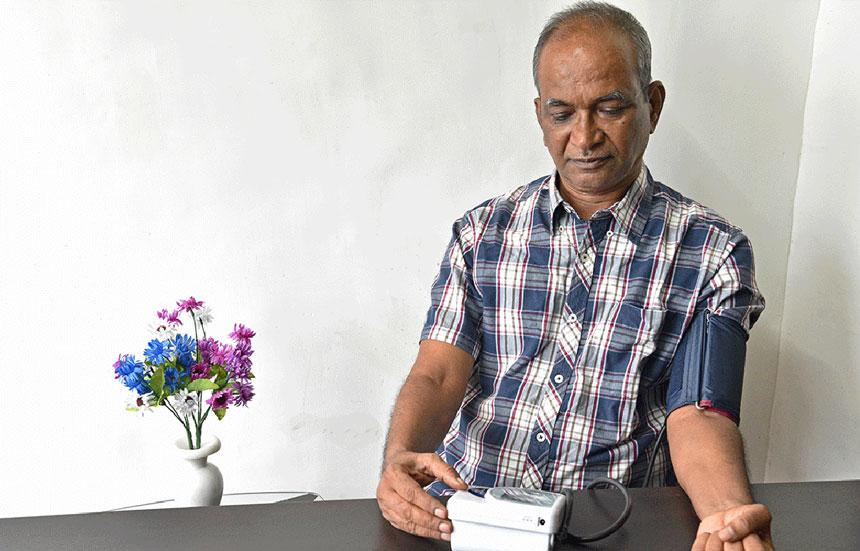Home Blood Pressure Monitors Help Lower Risk for Heart Attacks and Stroke

High blood pressure is major cause of premature death. It’s a primary risk factor for heart disease, the leading cause of death globally and the reason for about one-third of heart-related emergency department visits. High blood pressure can be very problematic because it usually doesn’t trigger symptoms. There aren’t any warning signs to alert you that something is wrong. This is why it’s commonly referred to as “the silent killer.”
Hypertension wreaks havoc on your arteries, leaving them vulnerable to plaque deposits that harden, narrow or block them. And while it’s most often associated with cardiovascular problems like heart disease, angina, heart attacks, blood clots, congestive heart failure and stroke, it also contributes to:
- Kidney disease
- Vision loss
- Erectile dysfunction
- Memory loss
- Lung fluid
Decades worth of research has shown that lower blood pressure is better for your health. This is why the American Heart Association introduced new blood pressure guidelines in 2017. But after releasing of new guidelines, the percentage of Americans adults with prehypertension or hypertension jumped from 32 percent to nearly 50 percent. Only 25 percent of Americans with high blood pressure have it controlled.
“Many Americans struggle to regulate their blood pressure,” says Bernard Kaminetsky, MD, medical director, MDVIP. “There are a handful of lifestyle tactics that can be used to manage blood pressure. Unfortunately, behavioral changes can be difficult. However, one change that’s fairly easy to adopt is monitoring your pressure at home.”
Home blood pressure monitors have been available for decades, but normalizing home blood pressure monitoring among American adults with high blood pressure may substantially lower the severity and disability associated with heart disease and save on healthcare costs, according to a study published in the American Journal of Preventive Medicine.
Researchers from Shanghai Jiao Tong University School of Medicine (Shanghai, China) used a previously developed computer model of heart disease to conduct an experiment between February and August 2002. The goal was to estimate the long-term effects of home blood pressure monitoring compared to the standard care (blood pressures taken clinically) on heart attacks, stroke and healthcare costs among American adults with high blood pressure. Researchers tapped into the 2019 Behavioral Risk Factor Surveillance System (BRFSS) to review data and select the appropriate subjects for analysis based on their health and demographic profile. Subpopulations, gender, race, ethnic background and rural/urban areas were taken into account. Results showed home blood pressure monitoring lowered:
• Heart attacks by 4.9 percent.
• Strokes by 3.8 percent.
• Healthcare costs by an average $7,794 per person over 20 years.
“Blood pressure monitors are easy to use. They’re accessible and affordable -- you can purchase one online or from your local pharmacy,” says Kaminetsky. “If you need help understanding your readings or if you are concerned about them, talk to your doctor.”
Here are some of the top-rated blood pressure monitors in 2023 >>
If you don’t have a doctor, consider joining an MDVIP-affiliated practice. As part of the MDVIP Wellness Program, your doctor can help you live a heart-healthy style. Find an MDVIP affiliate near you and begin your partnership in health »


